Top Task Time Tracking Solutions for Efficient Management
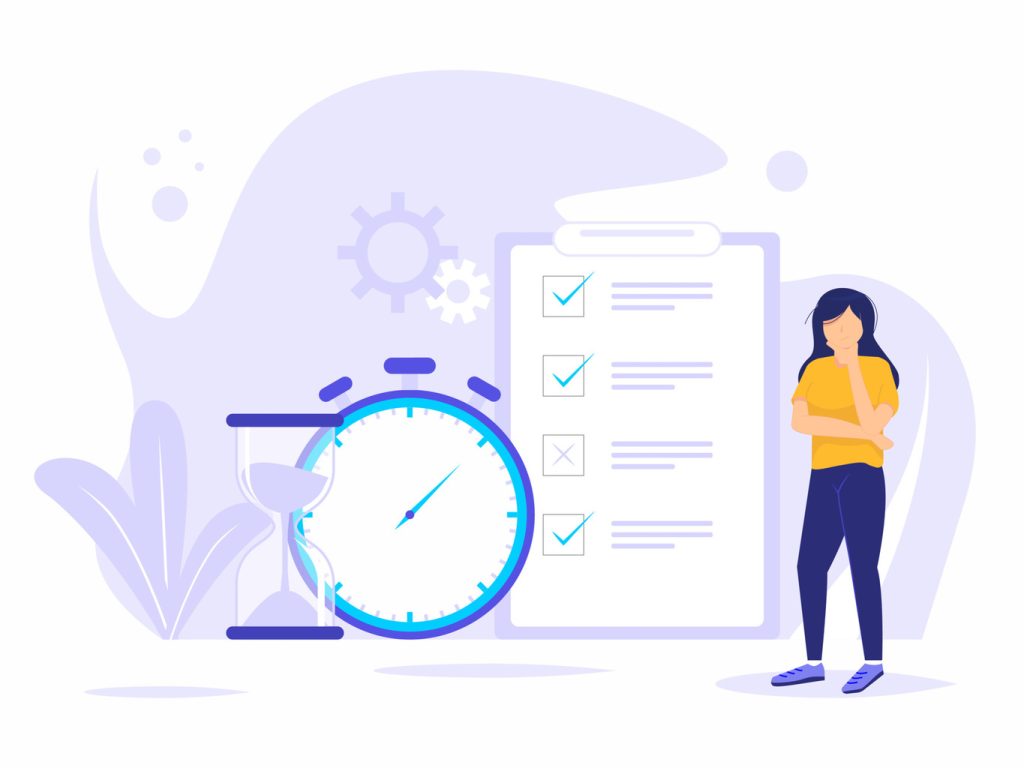
Modern businesses rely on precise tools to measure productivity and streamline workflows. Effective time tracking solutions empower teams to capture billable hours, eliminate inefficiencies, and allocate resources strategically. Leading platforms like Toggl Track, Harvest, and Timeular simplify this process with intuitive interfaces and automated features.
These systems replace manual spreadsheets with real-time insights, reducing errors and improving accountability. Advanced analytics dashboards highlight project bottlenecks, while AI-driven tools automatically log activities across devices. Such capabilities enable managers to make informed decisions without disrupting daily operations.
Scalability remains critical as organizations grow. Solutions like Memtime and TrackingTime adapt to solo professionals and large teams alike, offering customizable reporting and integration with popular project management software. Cross-platform synchronization ensures seamless transitions between desktop and mobile workflows.
By adopting these tools, businesses enhance transparency in client billing and internal processes. Automated reminders and one-click timers minimize administrative tasks, allowing teams to focus on high-value work. The result? Improved profit margins and stronger client relationships through accurate, data-backed deliverables.
Key Takeaways
- Advanced tracking platforms reduce manual errors through automation and real-time data capture
- Integration with existing tools ensures minimal workflow disruption during implementation
- Scalable systems support both individual contributors and enterprise-level teams
- Detailed analytics help identify inefficiencies and optimize project timelines
- Cross-device compatibility enables consistent time recording across work environments
Overview of Task Time Tracking Solutions
In today’s fast-paced work environments, understanding where hours go drives smarter business decisions. Organizations now leverage digital systems to replace guesswork with precise insights into team performance and project execution.
Core Principles of Work Duration Analysis
This method systematically records how long specific activities take, from client projects to internal processes. Unlike paper-based methods, modern software solutions eliminate errors through automated data capture. Managers gain clarity on productivity patterns, enabling better resource distribution and deadline adherence.
From Stopwatches to Smart Technology
Early systems relied on manual timers and spreadsheets. Today’s platforms integrate AI to automatically log activities across devices while analyzing work habits. Cloud-based tracking apps sync data in real time, accessible from any location.
Advanced features now include:
- Hybrid input options for different work styles
- Customizable reports showing team capacity
- Integration with project management ecosystems
These innovations transform raw numbers into strategic insights. Businesses identify workflow bottlenecks faster and adjust priorities based on actual performance metrics. The result? More informed decisions that align effort with organizational goals.
Importance of Accurate Time Tracking
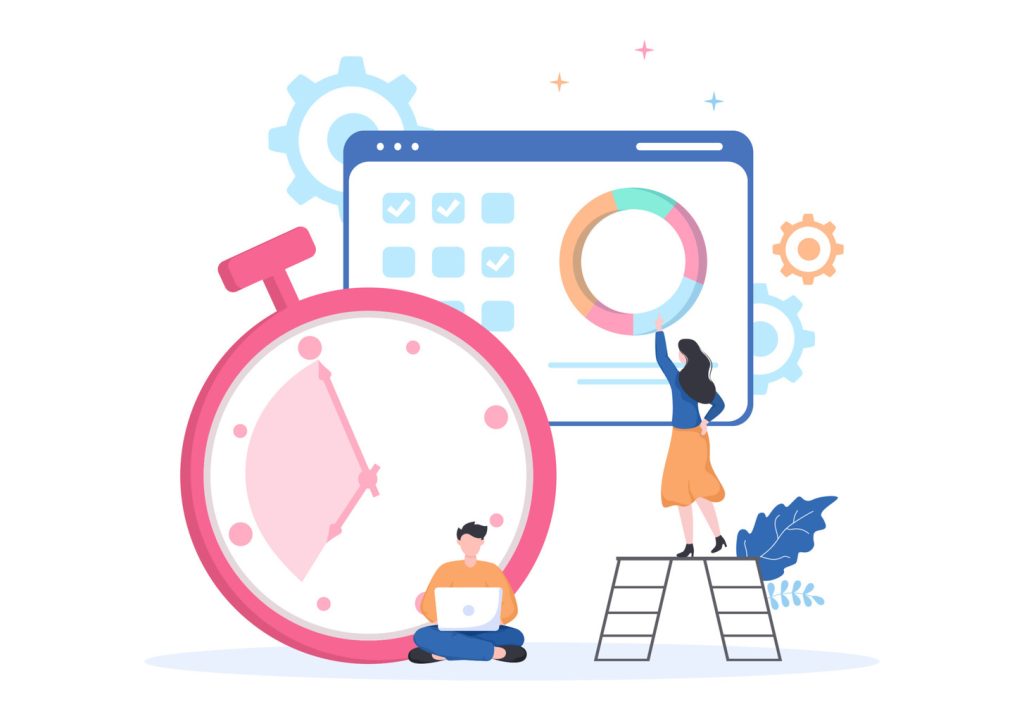
Precision in work-hour analysis acts as a compass for modern teams, steering efforts toward measurable outcomes. When organizations implement robust monitoring systems, they gain control over resource distribution and operational clarity. This visibility transforms vague assumptions into actionable strategies.
“Eliminating billing guesswork builds trust—clients appreciate transparency, and teams stay aligned with priorities.”
Streamlining Operations Through Data
Advanced platforms reveal how minutes translate into progress. By identifying repetitive tasks or unbalanced workloads, managers redistribute energy to high-impact activities. For example, one marketing agency reduced administrative tasks by 40% after adopting automated logging tools.
Key benefits include:
- Resource optimization: Pinpointing underutilized team members or overburdened projects
- Billing confidence: Generating client invoices backed by exact activity records
- Habit analysis: Uncovering patterns that hinder or boost daily output
These systems also simplify compliance audits. Legal and consulting firms leverage detailed logs to meet industry regulations effortlessly. When every billable hour is documented, profitability calculations become precise rather than speculative.
Key Features of Top Time Tracking Software
High-performing teams need systems that adapt to their workflow while delivering precise insights. Modern solutions combine real-time tracking with flexible data management, ensuring teams maintain control without sacrificing productivity. By integrating a free online project planning tool, teams can streamline their processes even further, allowing for better collaboration and organization. This tool enhances visibility across all tasks, enabling team members to communicate effectively and stay aligned on goals. As a result, teams can focus on innovation and problem-solving, driving overall performance and success.
Real-Time Tracking and Reporting
Leading platforms display active work sessions through live dashboards. These interfaces show which projects team members are tackling, how long tasks take, and where delays occur. One marketing director noted, “Seeing real-time progress slashed our status meeting time by 30%—we fix bottlenecks before they escalate.”
Advanced reporting tools transform raw numbers into visual summaries. Weekly breakdowns highlight client-specific efforts or departmental workloads. Custom filters let managers compare performance across quarters or teams.
Automatic vs. Manual Logging
Hybrid systems cater to diverse work styles. Background apps silently record computer activity for desk-based roles, while field teams often prefer manual entries via mobile apps. Most tracking software allows adjustments—like merging duplicate entries or adding forgotten sessions.
AI-driven categorization further simplifies data management. One legal firm reduced administrative hours by 25% after implementing automatic tagging for case-related activities. This balance of automation and human oversight ensures accuracy without rigidity.
Exploring Leading Time Tracking Apps and Tools
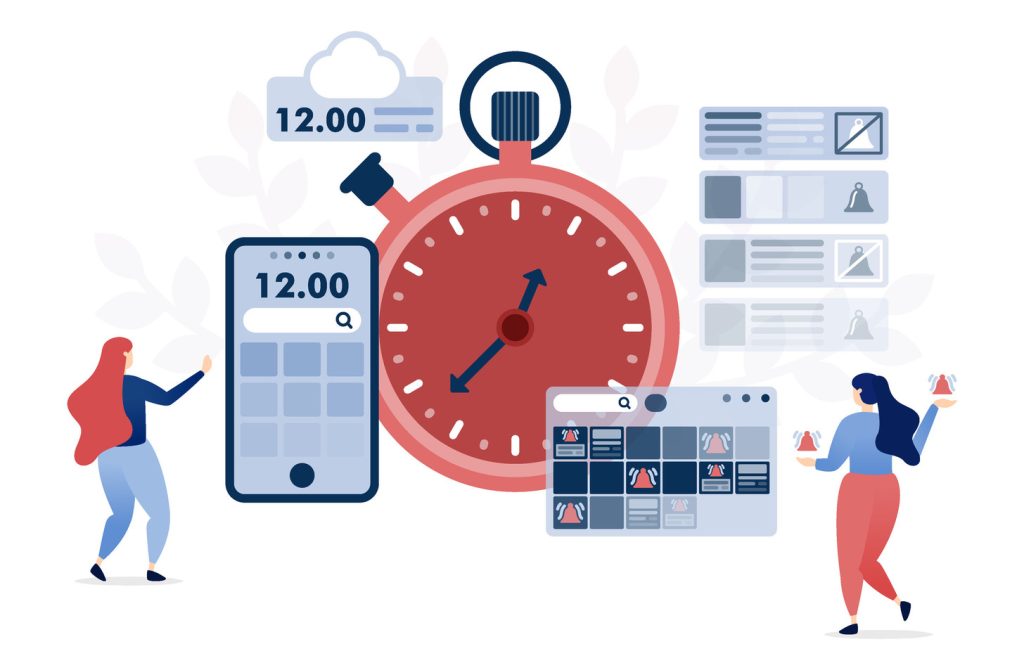
Technology advancements have transformed how professionals monitor work hours, with intuitive platforms replacing clunky legacy systems. Leading time tracking apps now blend simplicity with robust functionality, catering to diverse industries and team structures. Solutions like Toggl Track and TimeCamp exemplify this shift, prioritizing accessibility without compromising depth.
User-Friendly Interfaces
Adoption rates soar when tools require minimal training. Toggl Track’s one-click timer lets users start logging immediately, even before naming tasks or projects. A marketing manager shared, “Our team embraced it instantly—no tutorials needed.” Browser extensions embed timers directly into tools like Google Docs, nudging users to record activities without disrupting workflows.
Customizable dashboards further enhance usability. Professionals rearrange widgets to highlight priority metrics, from client billing to personal productivity trends. These adaptable layouts accommodate hybrid teams, whether they work from office desks or coffee shops.
Cross-Platform Accessibility
Modern workforce mobility demands tools that sync across devices. TimeCamp delivers unified experiences through desktop software, iOS/Android apps, and browser-based access. Real-time updates ensure a consultant’s mobile entry reflects instantly on their manager’s dashboard.
Key advantages include:
- No functionality gaps between platforms
- Offline tracking for remote or low-connectivity environments
- Role-based permissions controlling data visibility
Such flexibility eliminates version conflicts and ensures teams reference the same updated figures during collaborative projects. Whether switching from a laptop to a tablet or sharing reports with stakeholders, cross-device consistency prevents costly miscommunications.
Evaluating Reporting and Invoicing Capabilities
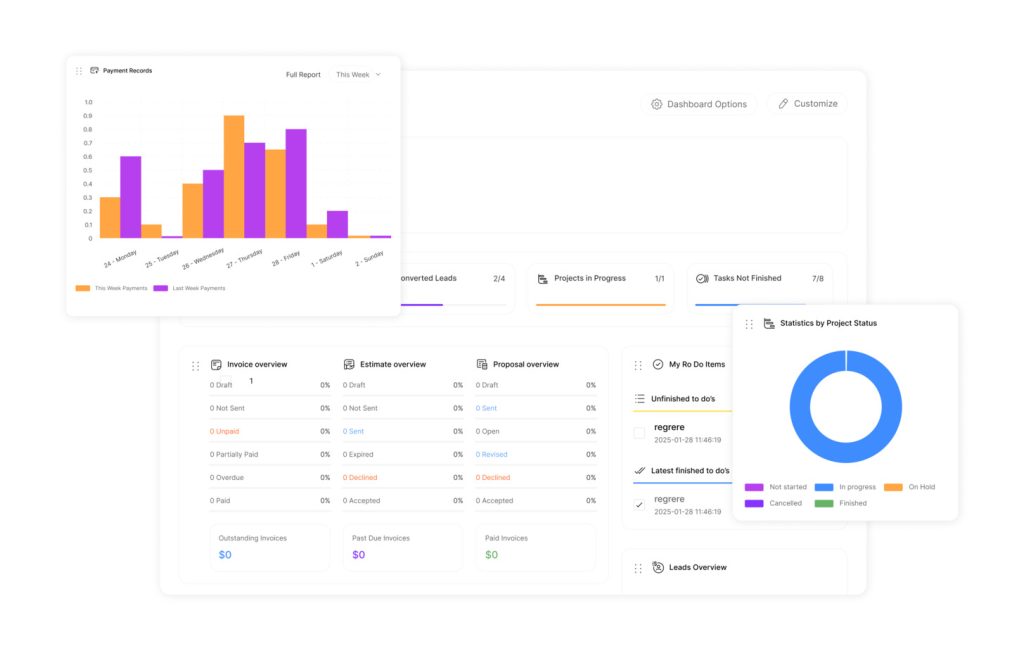
Accurate reporting transforms raw numbers into actionable business intelligence. Modern platforms convert activity logs into visual narratives that guide financial decisions and operational improvements. This critical function bridges the gap between recorded work hours and strategic resource allocation.
Customizable Dashboards and Reports
Top-tier systems let teams filter information by project, client, or team member. A marketing agency director noted, “Switching between weekly client breakdowns and quarterly trend analysis took seconds—not hours.” Interactive dashboards display color-coded charts showing workload distribution or budget consumption.
| Platform | Export Formats | Client Access |
|---|---|---|
| TimeCamp | Excel, PDF, CSV | Guest portals |
| Harvest | Google Sheets, XLSX | Limited views |
| Toggl Track | CSV, iCal | Project-specific |
These reporting features eliminate manual data compilation. Financial controllers export pre-formatted spreadsheets directly into accounting software, reducing reconciliation errors by 34% in one case study.
Seamless Invoice Integration
Automated billing tools turn logged hours into professional invoices with client-branded templates. Legal firms using this approach reduced payment cycles by 19 days on average. Systems automatically apply tax rates or retainers, ensuring compliance across jurisdictions.
Key advantages include:
- Single-click exports to QuickBooks or FreshBooks
- Real-time currency conversion for global teams
- Audit trails showing invoice edit history
When clients review time-based charges alongside project deliverables, disputes drop significantly. One IT consultancy reported 40% fewer billing inquiries after implementing transparent reporting portals.
Enhancing Project Management with Time Tracking
To begin with, strategic alignment between scheduling tools and workforce analytics reshapes how organizations approach project execution. Furthermore, platforms like TrackingTime merge calendar-based planning with productivity insights and create a unified system for managing deliverables. Likewise, their interface combines time-blocking features with task hierarchies—similar to Asana’s list view—and lets teams categorize work by client, priority, or deadline.
Scheduling and Resource Planning
Forward-thinking systems enable managers to map out work hours before projects begin. By reserving calendar slots for specific activities, teams minimize last-minute scrambles. One project lead noted, “Pre-scheduling critical tasks cut our overtime by 22%—we now allocate bandwidth realistically.”
Integrated platforms provide three strategic advantages:
- Capacity forecasting: Historical data predicts how long similar projects will take
- Burnout prevention: Visual workload charts highlight overburdened team members
- Profit analysis: Actual vs. estimated hours reveal pricing gaps for future bids
Specifically, these tools transform abstract plans into actionable roadmaps. For example, when a consulting firm adopted time-blocked scheduling, their project completion rate improved by 18% within six months. In addition, real-time adjustments ensure resources flow to high-priority tasks without manual micromanagement.
Advanced systems also sync with existing calendars, automating reminders for recurring meetings or deadline checkpoints. This dual focus on preparation and adaptation keeps teams agile while maintaining structural clarity across multiple initiatives.
Integrating Time Tracking with Project Management Tools
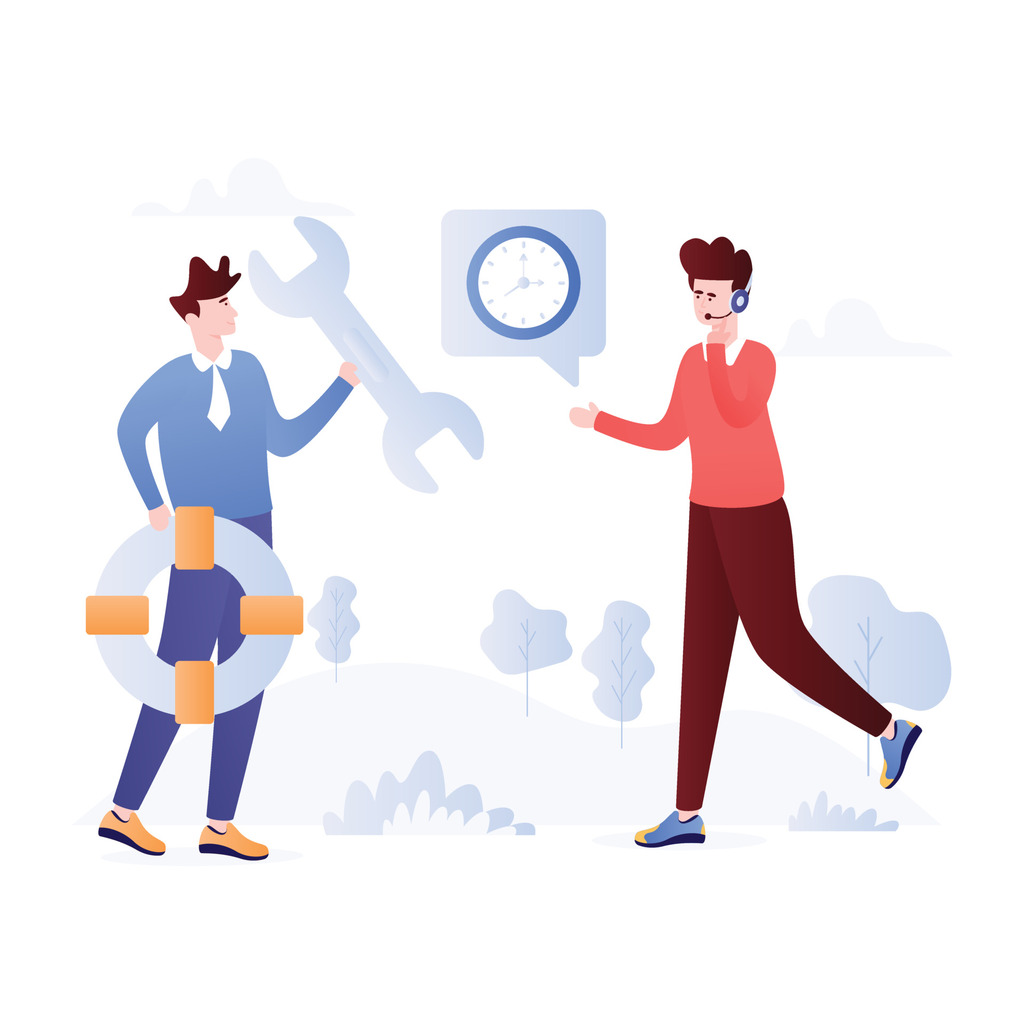
Firstly, unified systems bridge the gap between activity monitoring and project execution.
Moreover, by connecting time tracking platforms with project management tools, teams synchronize data streams and make smarter decisions. As a result, this fusion eliminates redundant data entry and keeps accuracy across workflows.
Popular Integrations Overview
Leading platforms like TimeCamp connect with Trello, Asana, and Jira to centralize project insights. TrackingTime’s Chrome extension embeds timers directly into Airtable or Notion tasks. Harvest expands compatibility through Zapier, linking time logs to invoicing systems and communication apps.
| Platform | Connected Tools | Key Features |
|---|---|---|
| TimeCamp | Monday.com, Azure DevOps | Real-time task mapping |
| TrackingTime | Asana, Notion | Browser-based triggers |
| Harvest | QuickBooks, Slack | Cross-app billing sync |
Workflow Automation Benefits
Integrated systems automatically update project statuses when timers start or stop. A marketing team using these tools reduced manual updates by 65% weekly. “Our project boards now reflect actual progress without constant input,” noted one operations director.
Automation extends to resource allocation. Platforms adjust team workloads based on logged hours, preventing burnout. Custom APIs let enterprises tailor data flows between niche software and mainstream management tools.
Key outcomes include:
- 45% faster client reporting through synchronized datasets
- Error reduction in budget forecasts using live hour tracking
- Streamlined audits with timestamped activity trails
Automatic Time Tracking and AI Features
Innovative tools are reshaping how teams document their workdays through intelligent automation. Platforms like Memtime and Timeular now eliminate manual input by silently recording computer activity. Users review categorized sessions later—no more forgotten timers or guesswork.
Benefits of AI Integration
Advanced algorithms analyze work patterns to predict task durations and flag inefficiencies. Memtime’s desktop app groups similar activities automatically, while Timeular’s beta feature converts detected actions into time logs with two clicks. These AI-driven features reduce administrative work by 37% for surveyed teams.
Key advantages include:
- Predictive analytics optimizing project timelines
- Background operation without workflow disruption
- Error reduction through smart categorization
Privacy and Data Security Considerations
While automation streamlines processes, protecting sensitive information remains paramount. TimeCamp adheres to GDPR standards with end-to-end encryption and anonymized activity sampling. Teams control what gets recorded—pausing trackers during confidential calls or private browsing.
Leading platforms offer:
- Role-based access to logged information
- Local storage options for regulated industries
- Regular third-party security audits
By balancing efficiency with ethical data handling, these systems build trust while delivering precise operational insights. Organizations gain productivity boosts without compromising compliance or employee privacy.

